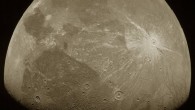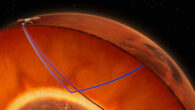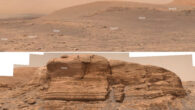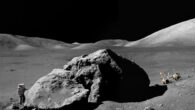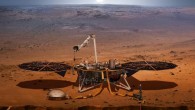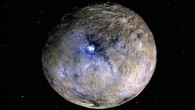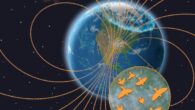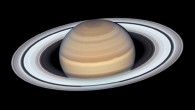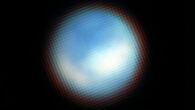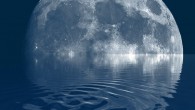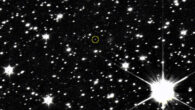A giant collision between the ancient protoplanet Theia and the proto-Earth about 4.5 billion years ago may have formed Earth’s Moon as well as two continent-sized regions — formally known as large low-velocity provinces — within Earth’s mantle, according to a research team led by Caltech scientists. Yuan et al. suggest that LLVPs are remnants of the ancient protoplanet Theia that violently collided with Earth billions of years ago...


